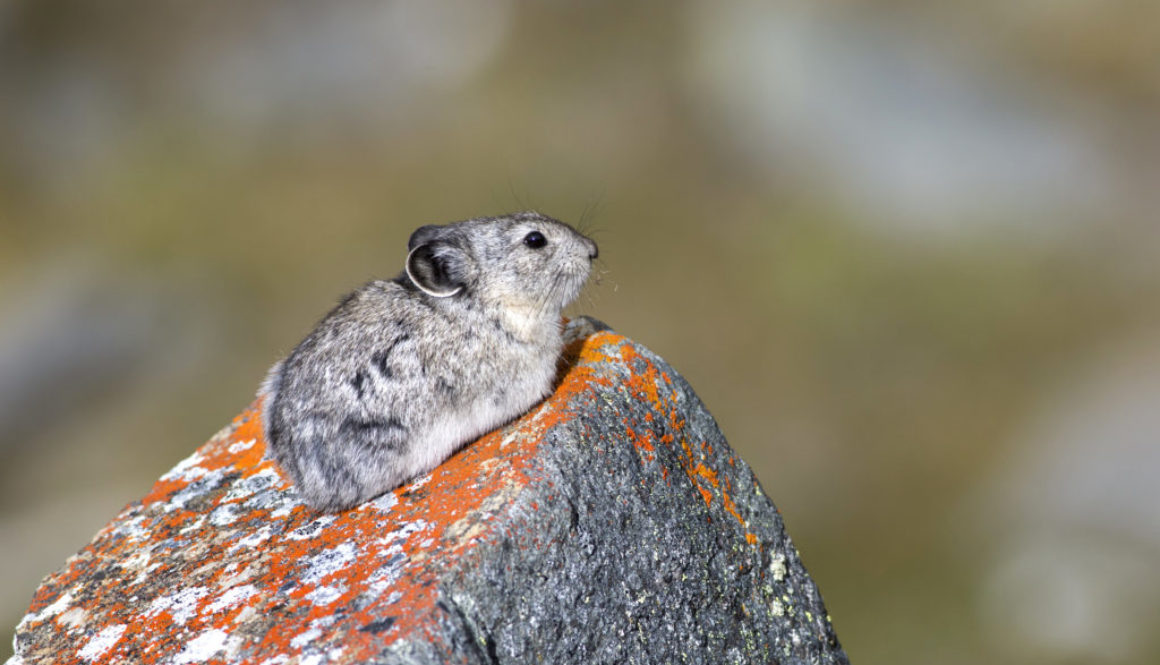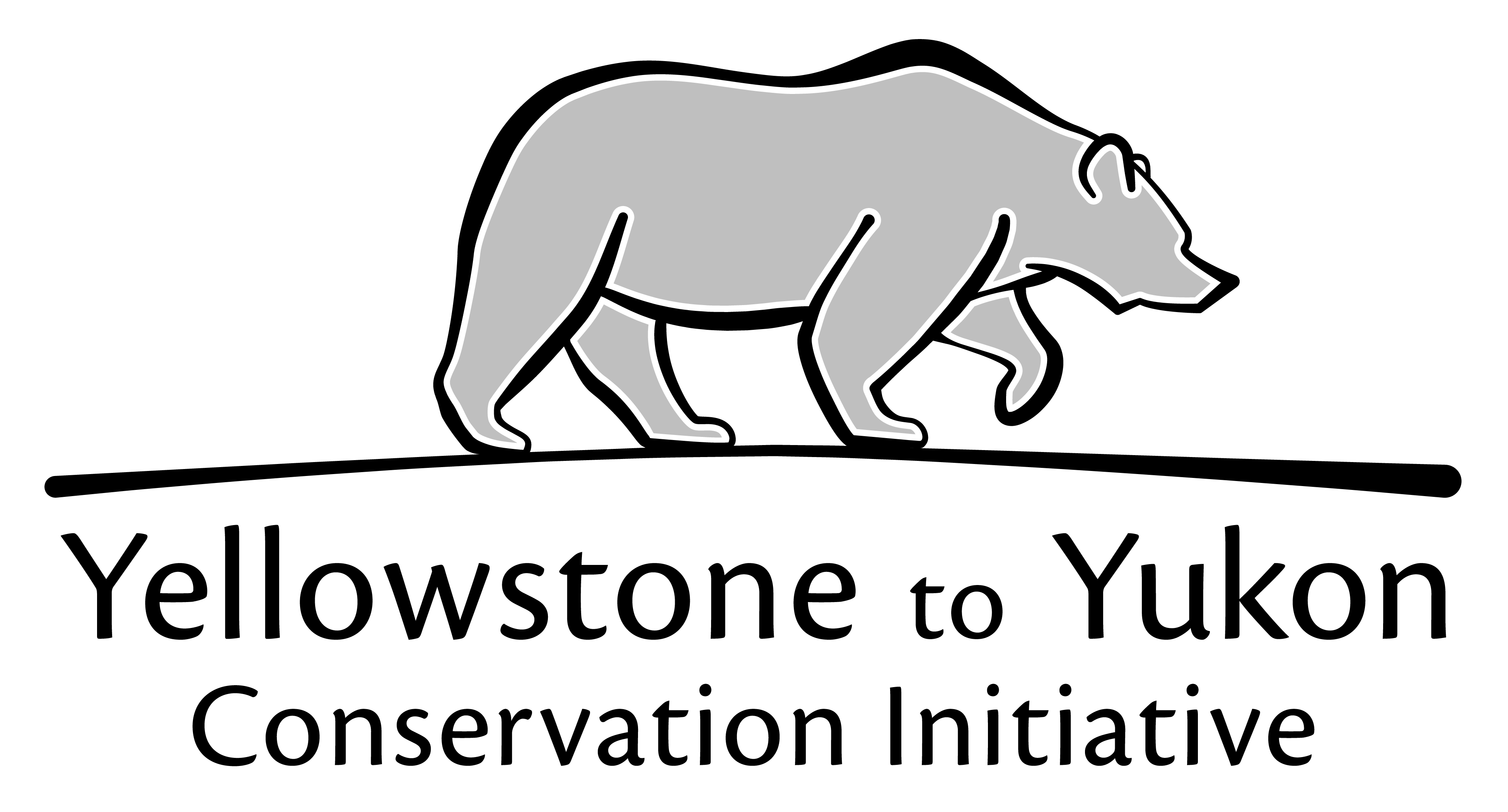Species at Risk
Our planet is bleeding biodiversity. Mammal, bird, reptile and fish populations have declined by sixty percent in the past fifty years. Species are vanishing 100-1000 times faster than the natural rate of extinction. Ambitious action is needed to safeguard vulnerable species and the ecosystems they rely on. The Yukon is fortunate not to have suffered the degree of biodiversity loss that much of the planet has. Still, we cannot afford to be complacent. Current laws are inadequate to protect the Yukon’s biodiversity and ecological character. Canada’s Species at Risk Act fully applies to only 8 percent of the Yukon’s land base, while the Yukon Wildlife Act applies to just 5 percent of the territory’s species. Using existing laws to protect species at risk is like trying to hold out the rain with a fishing net.
It is time for the Yukon to enact standalone species at risk legislation. An expert-led advisory body should assess species using scientific and Indigenous knowledge. Species deemed to be vulnerable and the habitat they rely upon should be automatically protected from further harm. The Yukon should create action plans to help species at risk recover, then put these plans into motion. The components of cutting-edge species at risk legislation already exist in jurisdictions across Canada. By pulling these pieces together, the Yukon can create the most effective species at risk legislation in the country.
The Yukon should collaborate with Indigenous peoples on species at risk policies. The territory should draft action plans in conjunction with Yukon First Nation Governments, affected transboundary nations, the Yukon Fish and Wildlife Management Board and Renewable Resource Councils. Indigenous Guardians and community-based monitoring programs could work on the front lines to study species at risk, implement action plans and enforce legislation. Taking action on species at risk legislation could open an exciting spectrum of new opportunities in conservation, research and Indigenous leadership.




